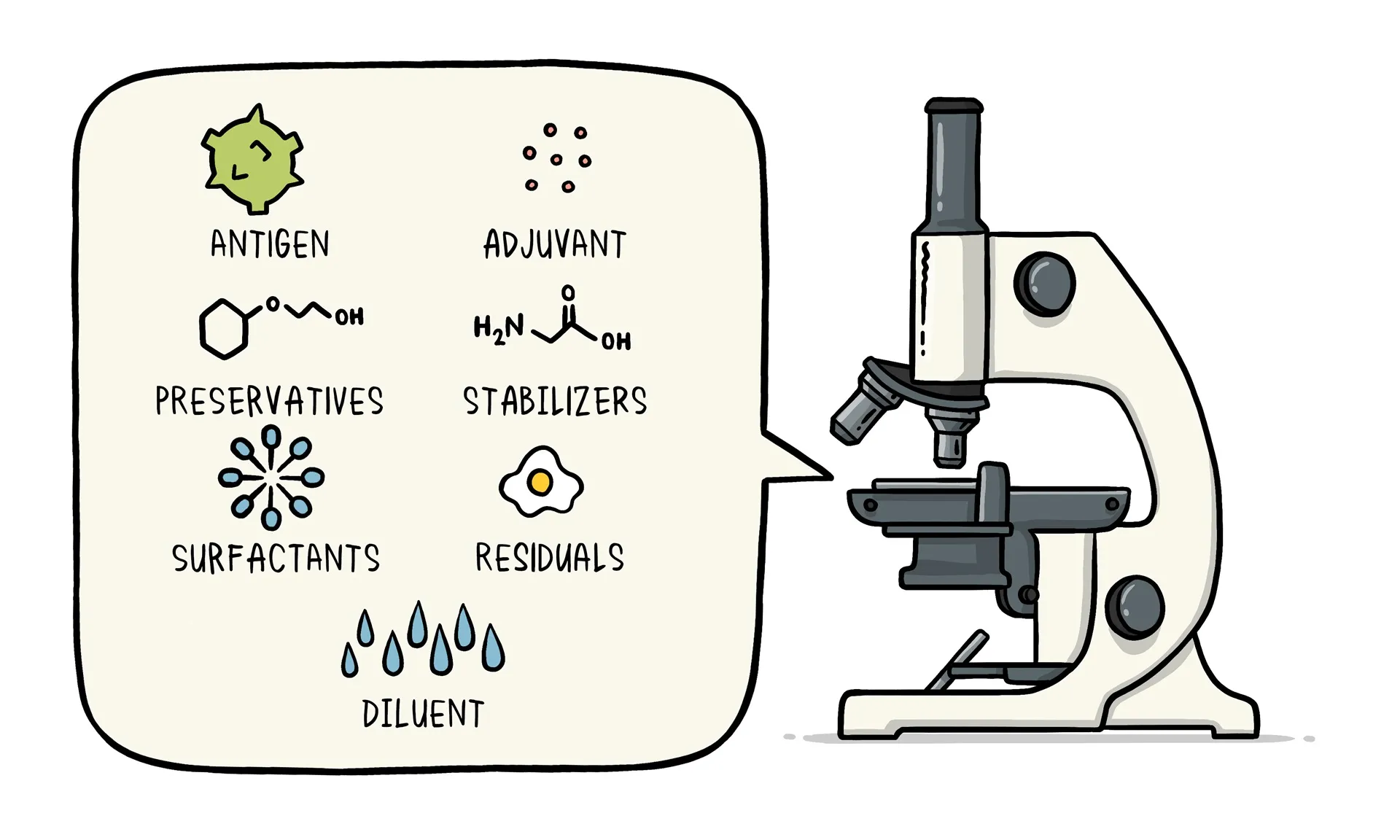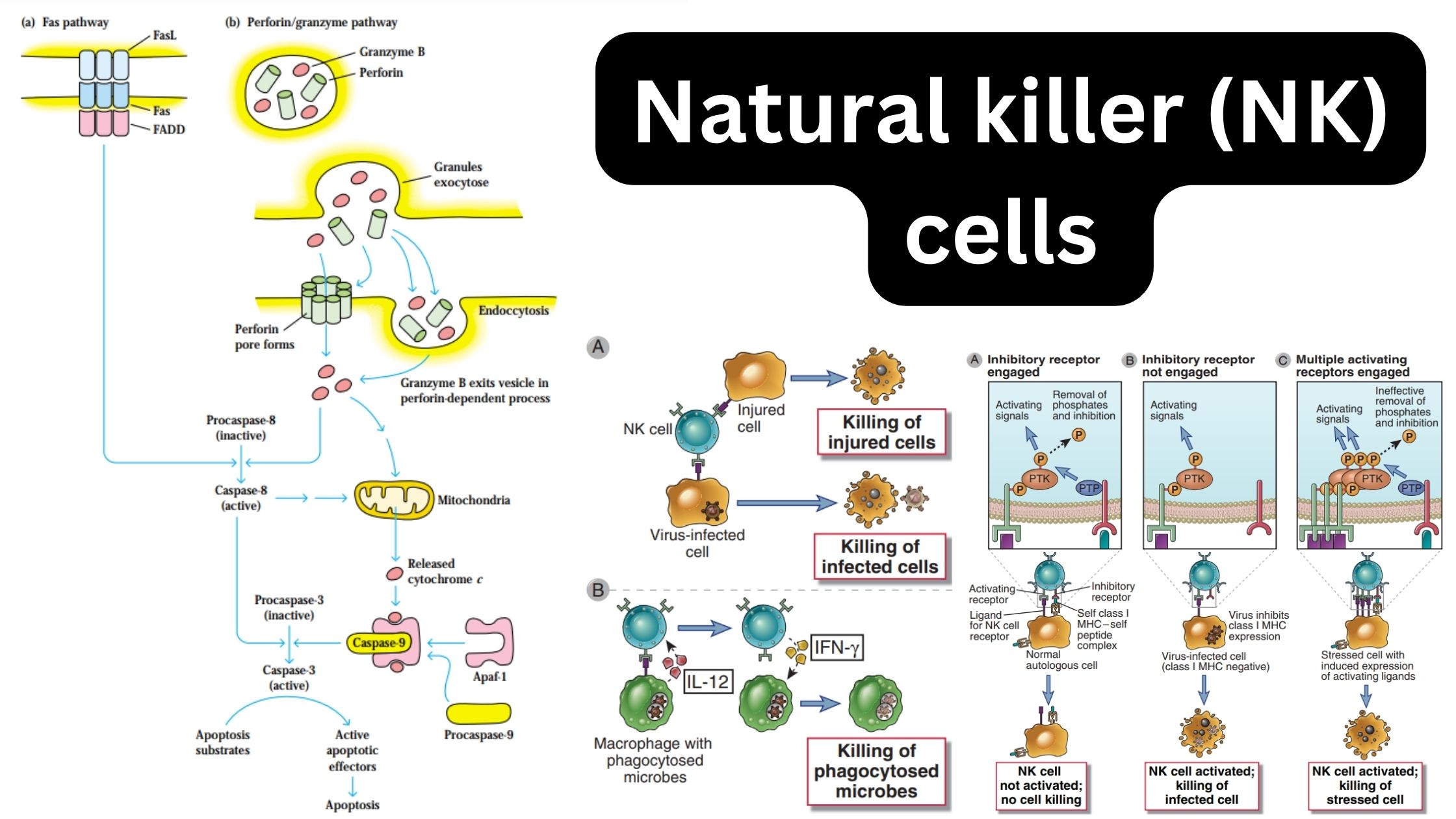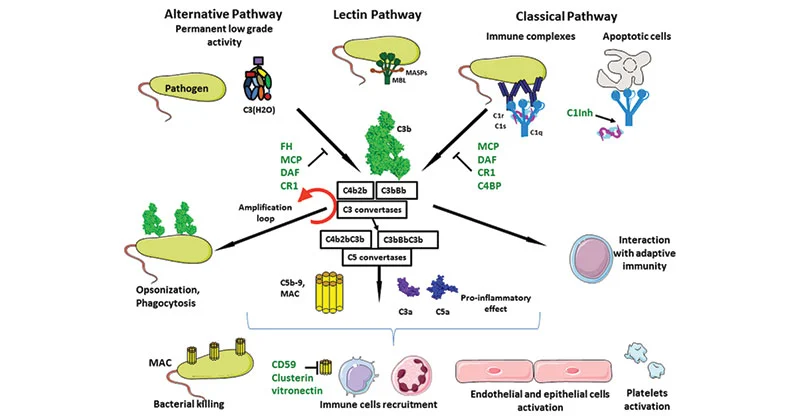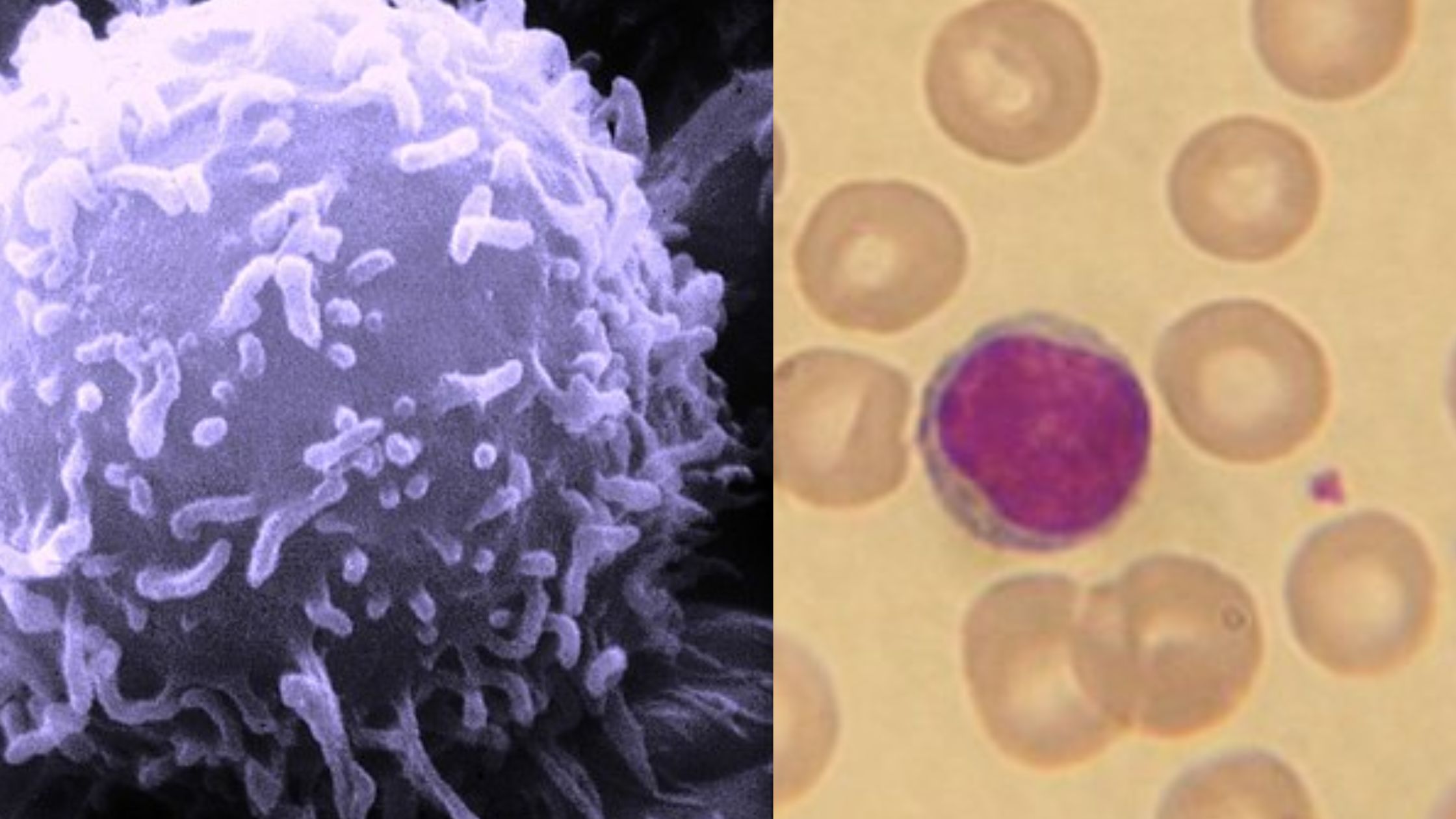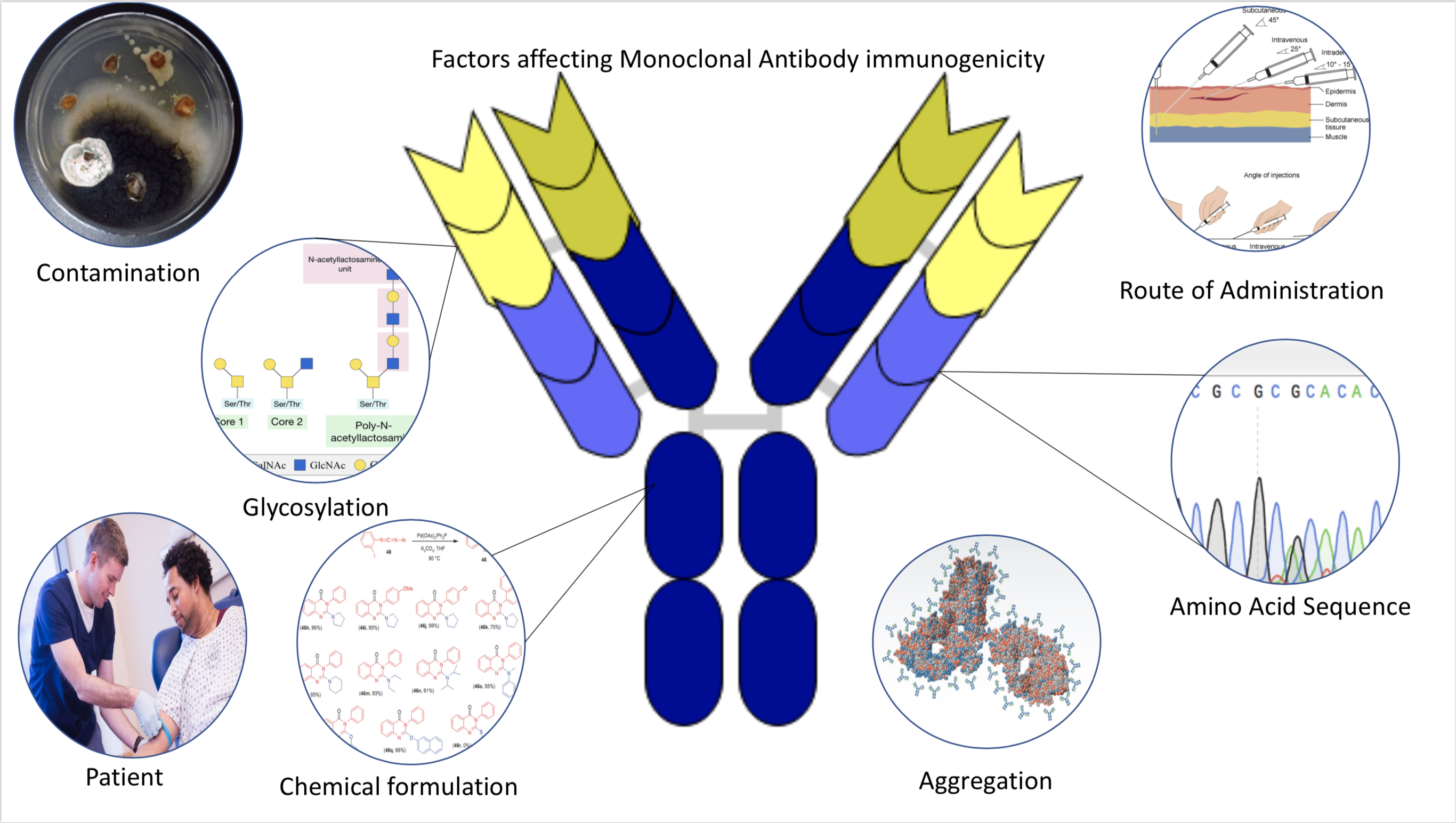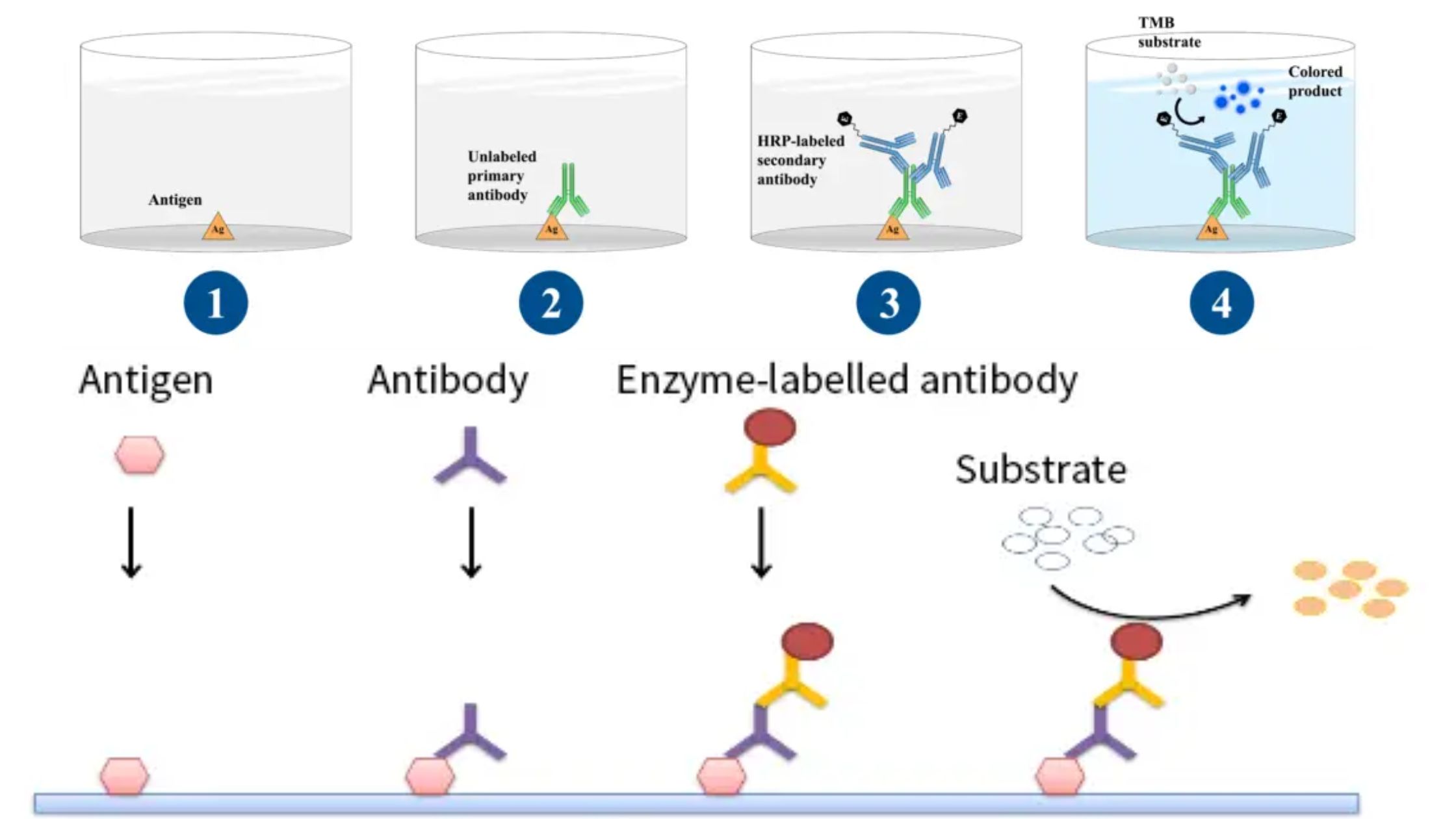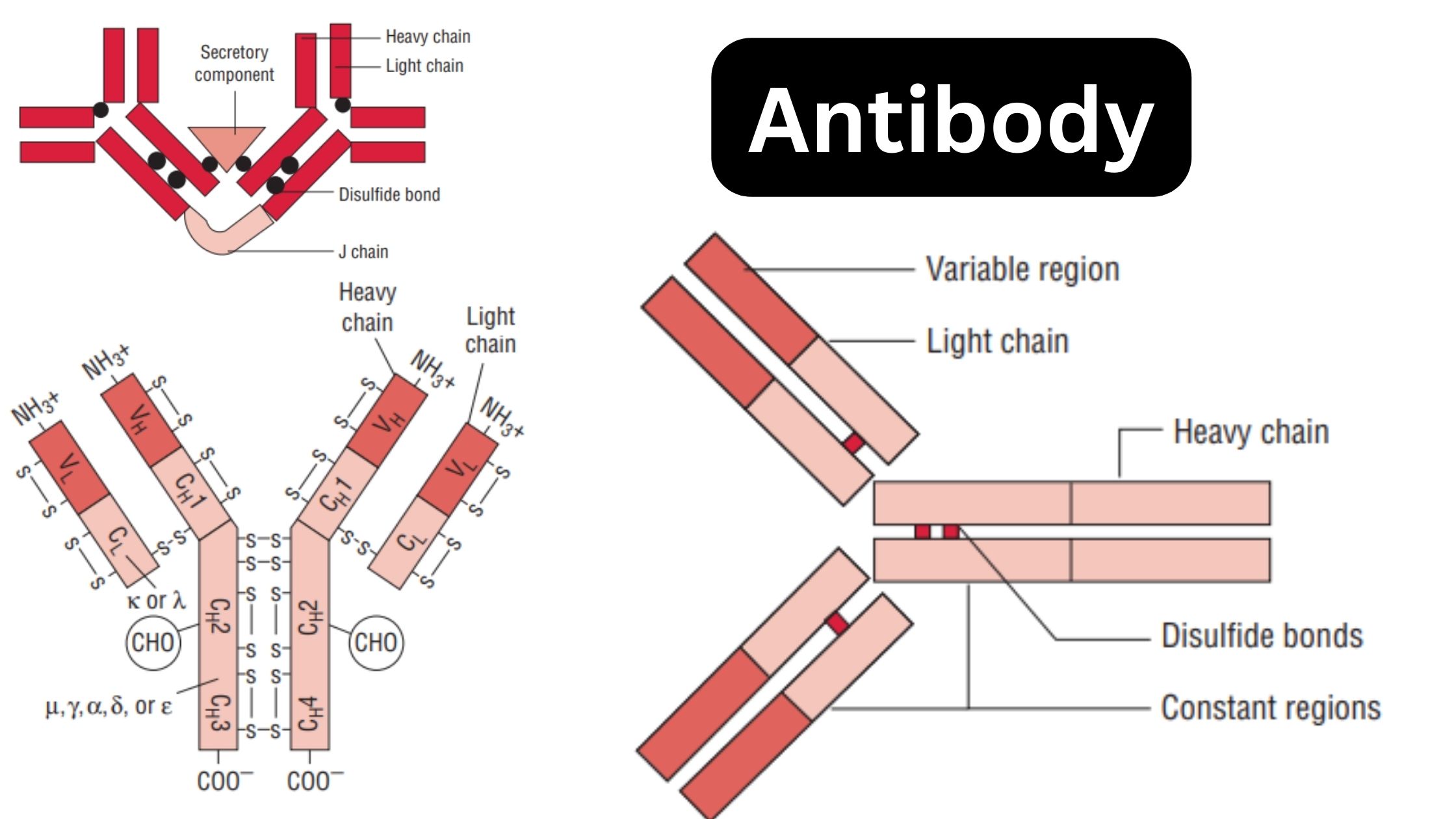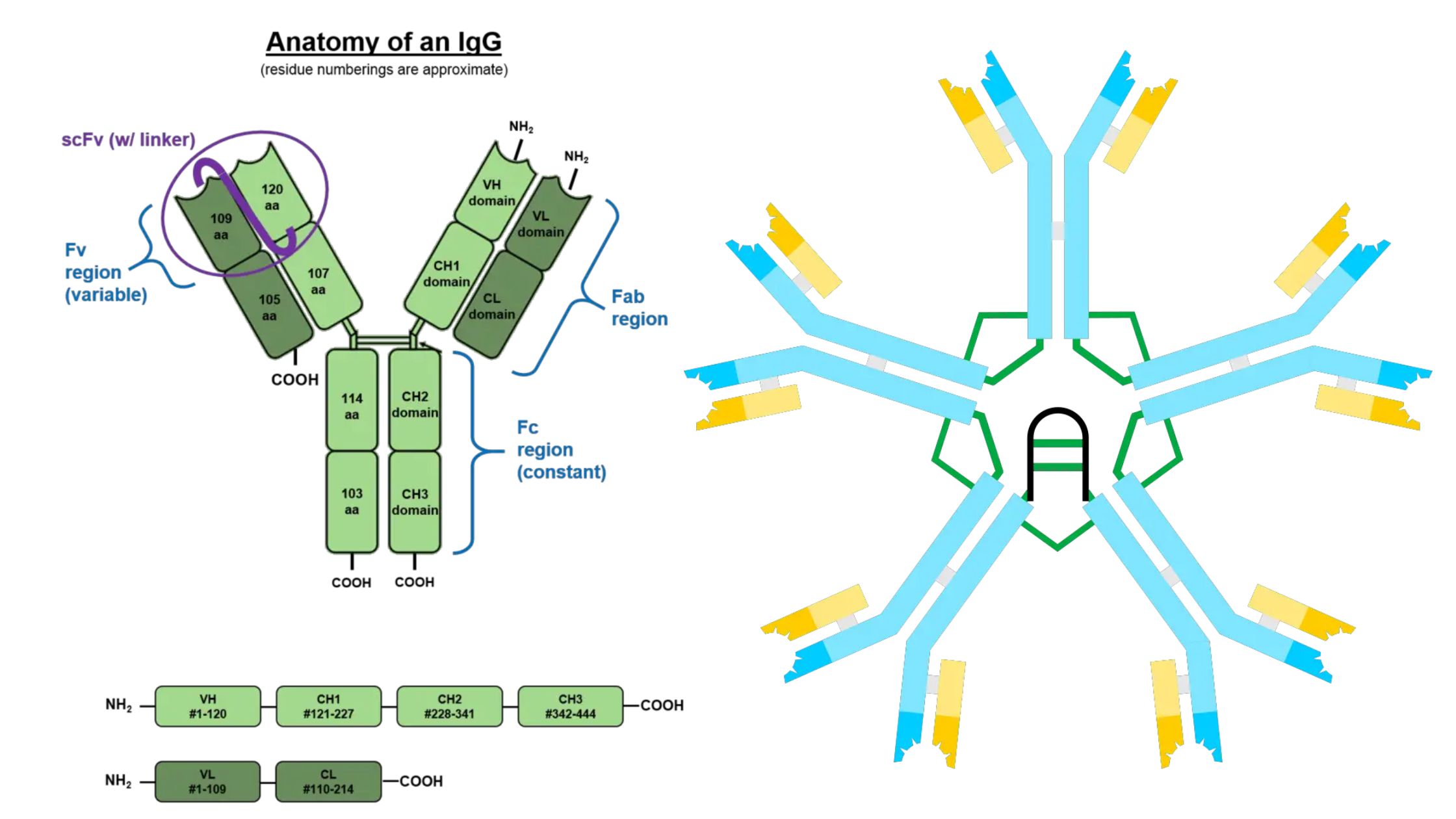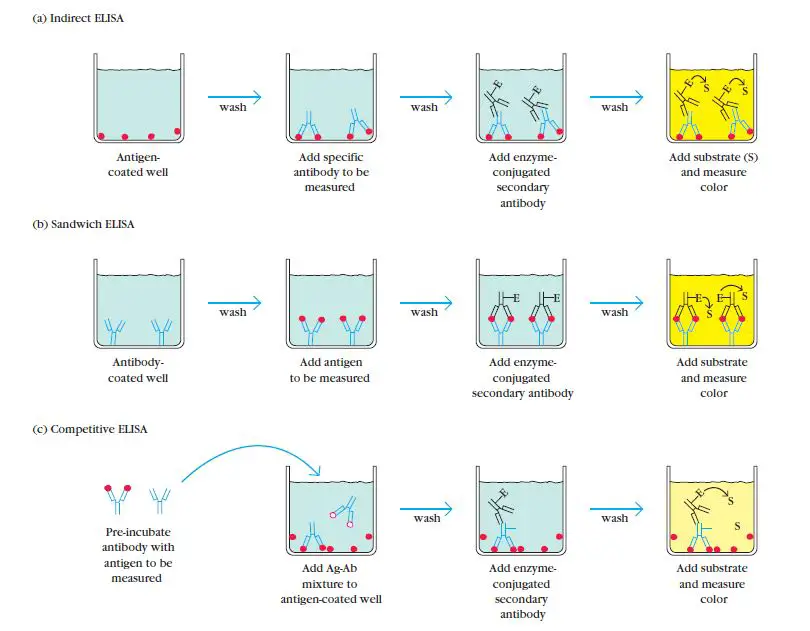Vaccines – Definition, Development, Mechanism, Types, Examples, Side Effects
What is Vaccine? Definition of Vaccines Vaccines are medical preparations that stimulate the immune system to provide protection against specific diseases by promoting the production of antibodies and immune memory. How do vaccines work in Immune System? Types of Vaccines Vaccines can be classified into three main groups based on their composition and mode of … Read more
